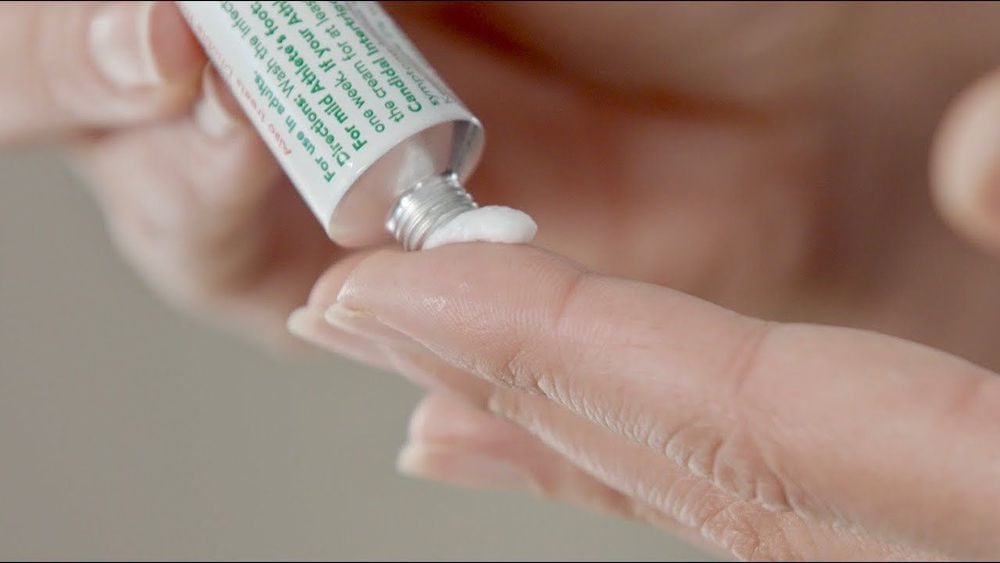This is an automatically translated article.
The article was professionally consulted with Doctor Tran Quoc Tuan - Head of Resuscitation Unit - ICU - Emergency Resuscitation Department - Vinmec Phu Quoc International General Hospital.Intramuscular injection is the basic nursing technique applied to indicated drugs. When performing intramuscular injection, it is necessary to understand the technical procedures, injection sites as well as monitor possible complications during the injection process.
1. What is intramuscular injection?
Intramuscular injection is one of the techniques to deliver drugs into the body. An intramuscular (IM) injection is a technique that delivers a drug into the body through an injection into a muscle. Certain medications need to be delivered into the muscles for them to work correctly.2. Where is the site of intramuscular injection?
2.1 Intramuscular injection The thigh injection is a suitable injection site for children under 3 years of age, because it is easy for parents to keep the baby from struggling at this injection site.2.2 Hip Injection The hip injection site is suitable for injecting adults and children over 7 months of age as it is deep and not close to any major blood vessels and nerves.
2.3 Upper biceps For people with very thin or very small muscles you should not inject intramuscularly in this location, consider injecting the thigh or buttock.

Vị trí tiêm bắp tay trên ở trẻ nhỏ
The intramuscular technique is not recommended in untrained individuals. Depending on age, type of drug, volume of drug put into the body, the practitioner needs to choose the appropriate type of needle and syringe.
3. Some tips to make intramuscular injections more comfortable
To minimize possible discomfort before injection:Apply ice or a topical numbing cream (not necessary to be prescribed by a Doctor) to the injection site before cleaning with an alcohol pad. Allow the rubbing alcohol site to dry completely before injecting. Warm the vial by rubbing the vial between your hands before inserting the medicine into the syringe. Let someone experienced do the injection for you. Some people find injecting themselves very difficult.

Bôi kem tê tại chỗ trước khi tiêm bắp có thể giúp người bệnh dễ chịu hơn
4. What are the complications of intramuscular injection?
Severe pain at the injection site Tinting or numbness Redness, swelling, or heat at the injection site Fluid discharge at the injection site Prolonged bleeding Signs of an allergic reaction, such as difficulty breathing or swelling of the face, rash red. Call your Doctor or healthcare provider as soon as you have symptoms after the injection.In addition, you also have the right to refuse treatment in case you do not feel secure or unsure about the treatment process. Don't hesitate to ask your healthcare provider to explain it to you before they give you an injection so you can feel better.
5. Conclusion
Injection technique is a complex technique that the person performing it should be well trained in injection technique, monitoring and post-injection management.
Kỹ thuật tiêm bắp cần được thực hiện bởi các nhân viên y tế
Please dial HOTLINE for more information or register for an appointment HERE. Download MyVinmec app to make appointments faster and to manage your bookings easily.
Article reference source: drugs.com, healthline.com










